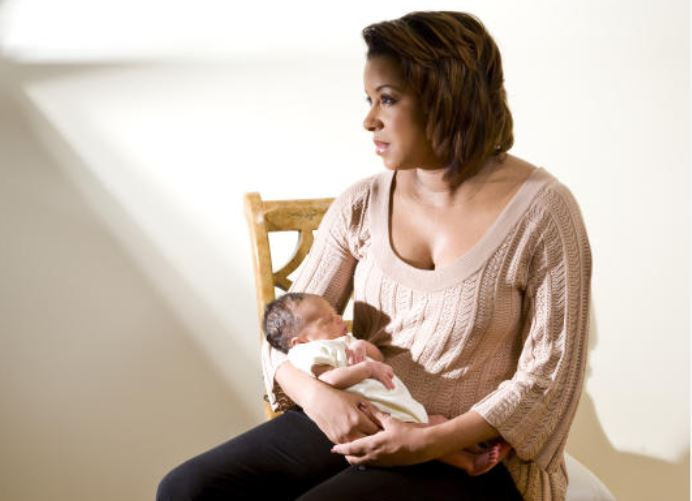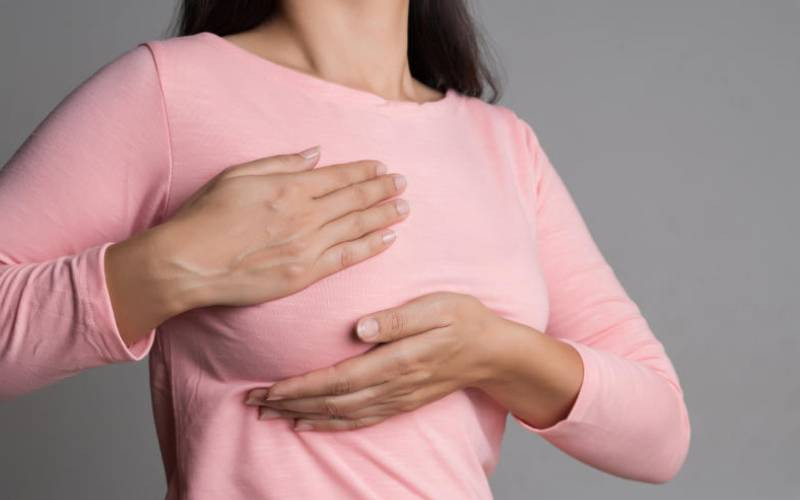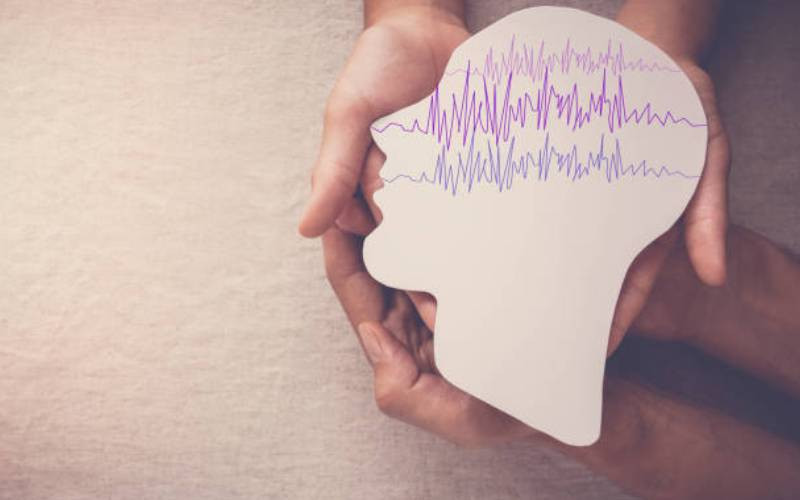
Endometriosis is a complex and often misunderstood condition that affects women during their reproductive years.
According to fertility specialist Dr Charles Muteshi, an endometriosis occurs when tissue similar to the lining of the uterus, known as endometrium, grows outside the uterus.
“Typically, it occurs on the ovaries, fallopian tubes, outer surface of the uterus and other organs in the pelvic cavity,” he says.
This abnormal growth can lead to inflammation scarring and pain. When the endometrial tissue grows into the muscular wall of the uterus, it is referred to as adenomyosis.
According to Dr Muteshi, one in 10 women have endometriosis. Among patients presenting with pelvic or chronic pain, 70 per cent may have endometriosis, while nearly 50 per cent of those seeking fertility treatment may have the condition.
Dr Ezekiel Mecha, an endometriosis researcher and senior lecturer at the Department of Biochemistry, the University of Nairobi, notes that endometrial tissue can also be found in other places such as the brain, lungs, intestines and the peritoneum (abdominal membrane).
“There are many causes of endometriosis, the two common ones being genetic inheritance and retrograde menstruation when blood from your period flows backwards into your abdomen instead of out your vagina,” he explains.
Symptoms of endometriosis vary but commonly include menstrual pain (dysmenorrhea) that is often severe and may worsen over time, pelvic pain outside of menstruation, pain during sexual intercourse (dyspareunia), painful bowel movements or urination, especially during menstruation, heavy or irregular menstrual periods and infertility or difficulty becoming pregnant.
- Returning to work after maternity leave
- Teach your children good values at an early age
- Keeping your children busy over the holidays
- Safely include your children in the kitchen with these tips
Keep Reading
Diagnosing endometriosis can be challenging as its symptoms overlap with other gynaecological conditions.
“It takes an average of eight years before a person is diagnosed with endometriosis,” says Dr Muteshi.
Diagnosis typically involves a combination of medical history, pelvic examinations, imaging tests (such as ultrasound) and minimally invasive procedures like laparoscopy to visualise and biopsy the abnormal tissue.
Pain management with over-the-counter or prescription medications, hormonal therapies such as birth control pills, hormonal intrauterine devices (IUDs), or gonadotropin-releasing hormone (GnRH) agonists to suppress menstruation and slow the growth of endometrial tissue.
Surgery such as laparoscopic excision or ablation of endometrial implants can remove or destroy abnormal tissue. Fertility treatments are also available for individuals struggling with infertility due to endometriosis. Lifestyle modifications such as regular exercise, stress management techniques, and dietary changes may help alleviate symptoms and improve overall well-being.
 The Standard Group Plc is a multi-media organization with investments in media platforms spanning newspaper print
operations, television, radio broadcasting, digital and online services. The Standard Group is recognized as a
leading multi-media house in Kenya with a key influence in matters of national and international interest.
The Standard Group Plc is a multi-media organization with investments in media platforms spanning newspaper print
operations, television, radio broadcasting, digital and online services. The Standard Group is recognized as a
leading multi-media house in Kenya with a key influence in matters of national and international interest.










